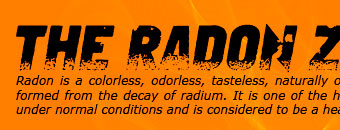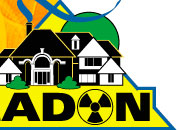 |
 |
 |
||||
|
||||||
| Call: 417-844-0942 | ||||||
|
»Radioactive Material in School This page describes how radioactive materials are being used in classrooms across United States to spark interest among all age groups. Overview When radioactive materials are used in education, the schools are responsible for protecting the health and well being of their students. In grade schools the materials that are brought in are usually naturally-occurring and in such small quantity that they are not regulated. The colleges and universities that handle high quantities of regulated materials are licensed by the Nuclear Regulatory Commission (NRC) or an NRC Agreement State, which is a state that has been granted authority by NRC to regulate the radioactive material in their state. If handled properly, the educational benefits of learning with radioactive material outweigh any risk. In grade schools, the problems with radioactive sources come when school staff and administration are unaware that the sources are in their schools. There are two main issues: • Teacher Turnover – As teachers leave their schools, they may leave radioactive materials behind in storage cabinets. Many times these containers are not labeled correctly and sometime are not sealed. • Unknown Sources – A great deal of radiation comes from the ground and is natural in the soil and rocks. Rock collections may be radioactive without anyone’s knowledge. When they are displayed, passersby may be exposed to potentially harmful amounts of radiation. »Wireless Technology This page describes the non-ionizing radiofrequency used for wireless technology. Overview Wireless technology, especially in schools, has become an increasingly controversial topic. The steady increase in youth cell phone use and the location of cell towers, as well as the increased use of wireless networks and devices in schools, has made the potential effects of wireless technology on students’ health and safety a concern to many parents and educators. The type of energy used in wireless technology is radio frequency (RF). RF radiation is non-ionizing. In other words, it is not strong enough to affect the structure of atoms it contacts. RF can be dangerous at very high levels because it creates heat, and has the ability to heat tissue rapidly. This is the principle by which microwave ovens cook food. Cell phones and wireless networks produce RF, but not at levels that can cause significant heating. For cell towers, RF energy decreases rapidly with distance and ground-level exposures are typically well below exposure limits set by the Federal Communications Commission (FCC). Wireless technology is still relatively new, and world-wide, researchers continue to study the effects of long-term exposure. To-date, the scientific evidence linking long-term use of cell phones to cancer or other health effects is not conclusive. More research is needed to clarify the question of safety. |
|
|||||